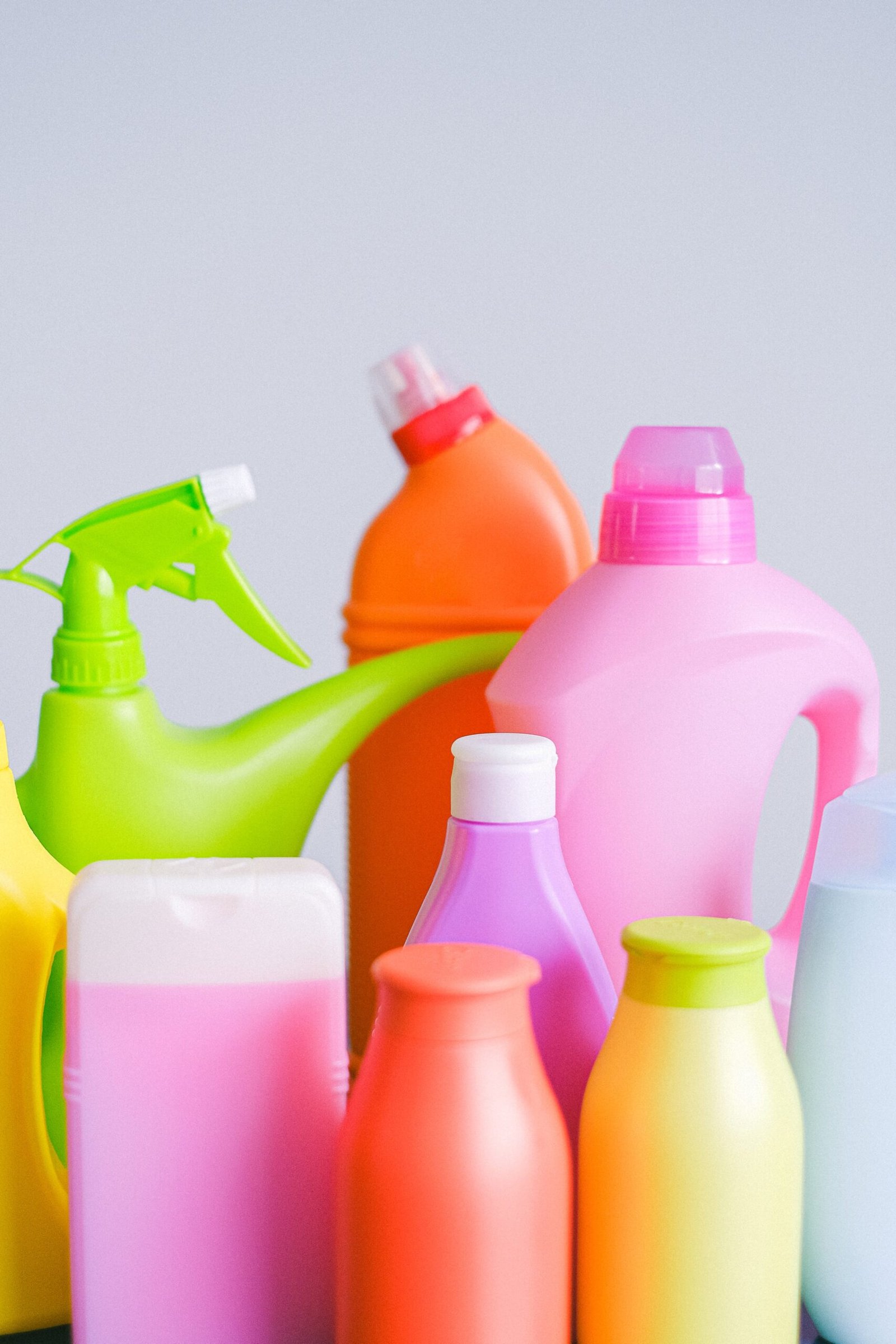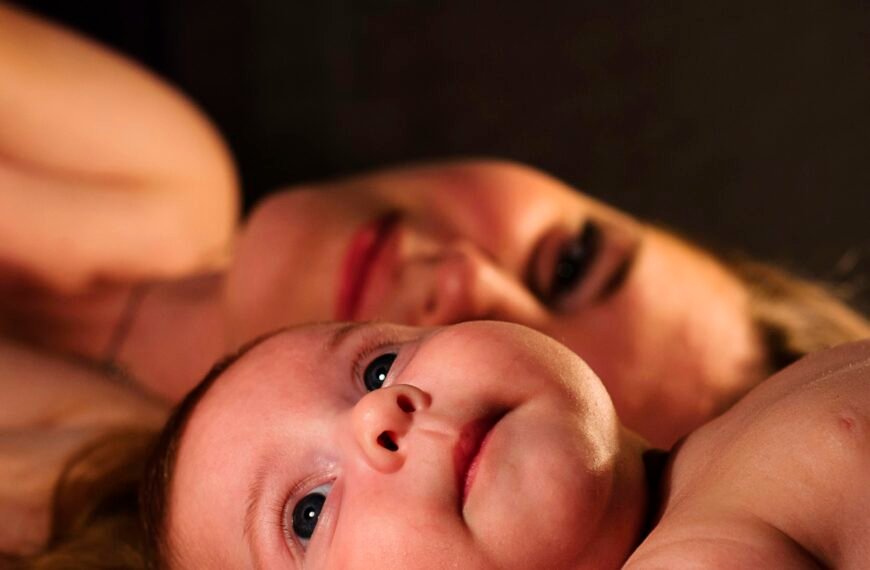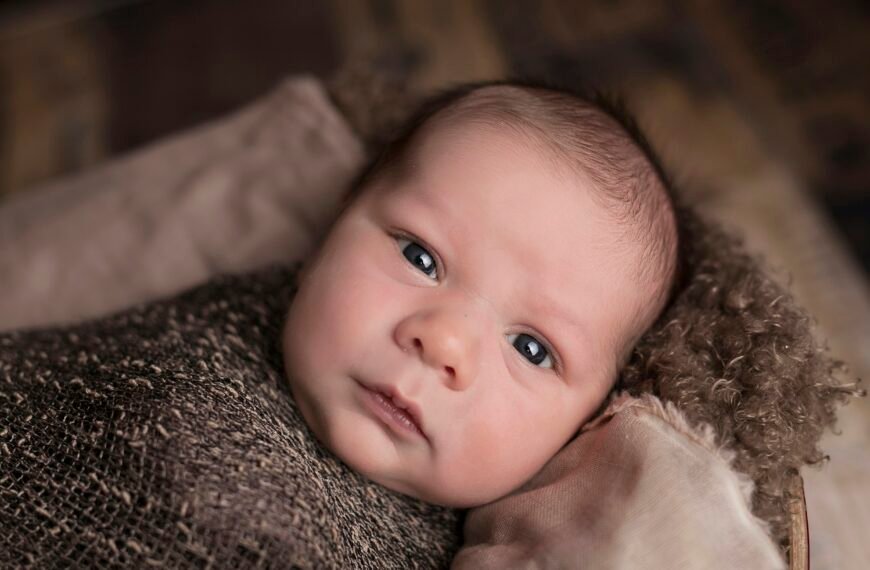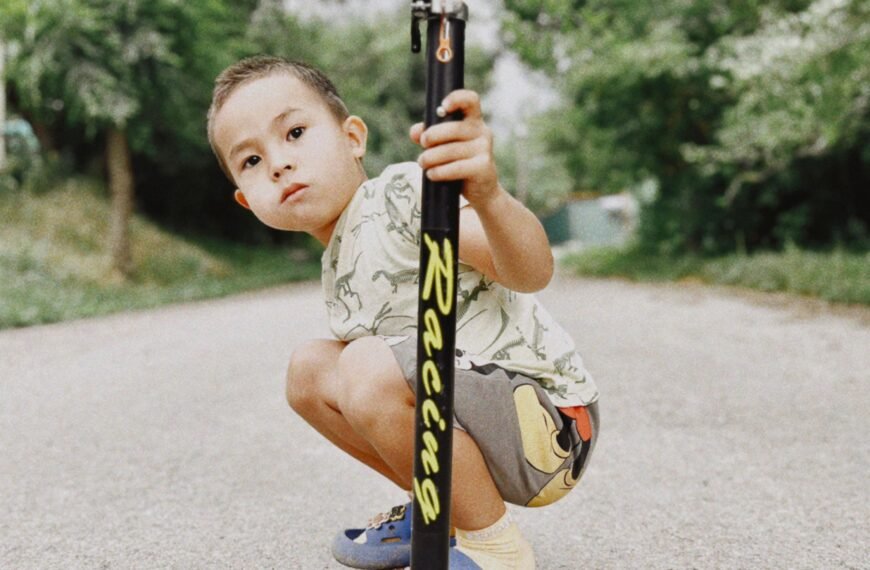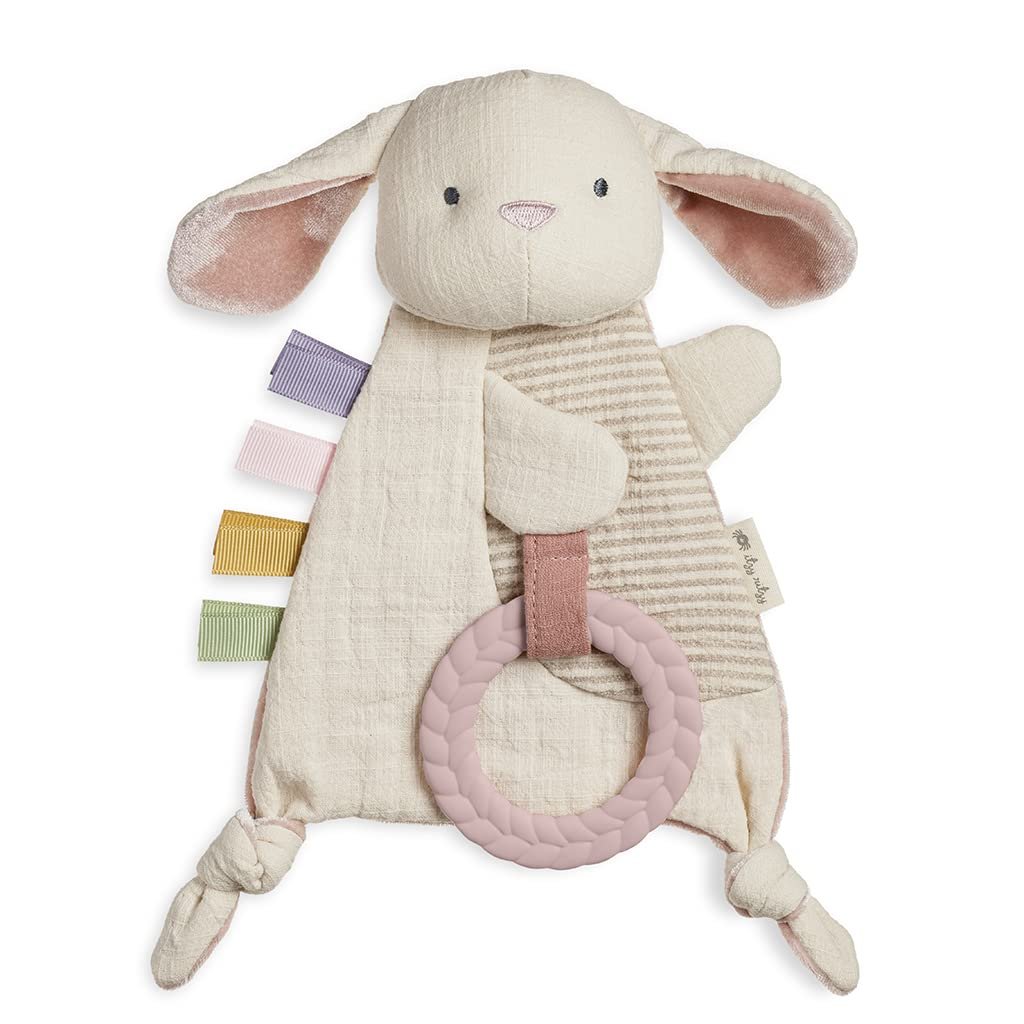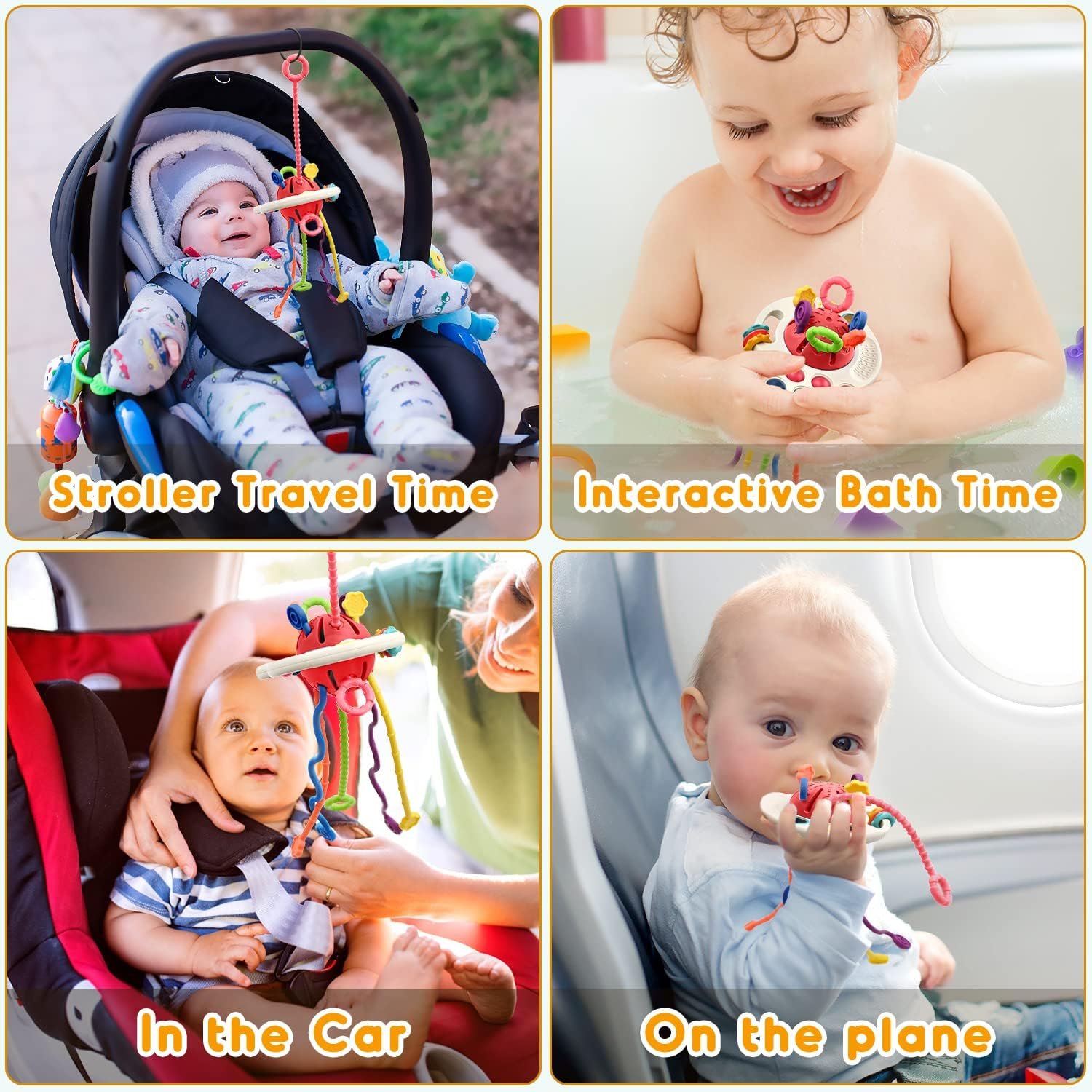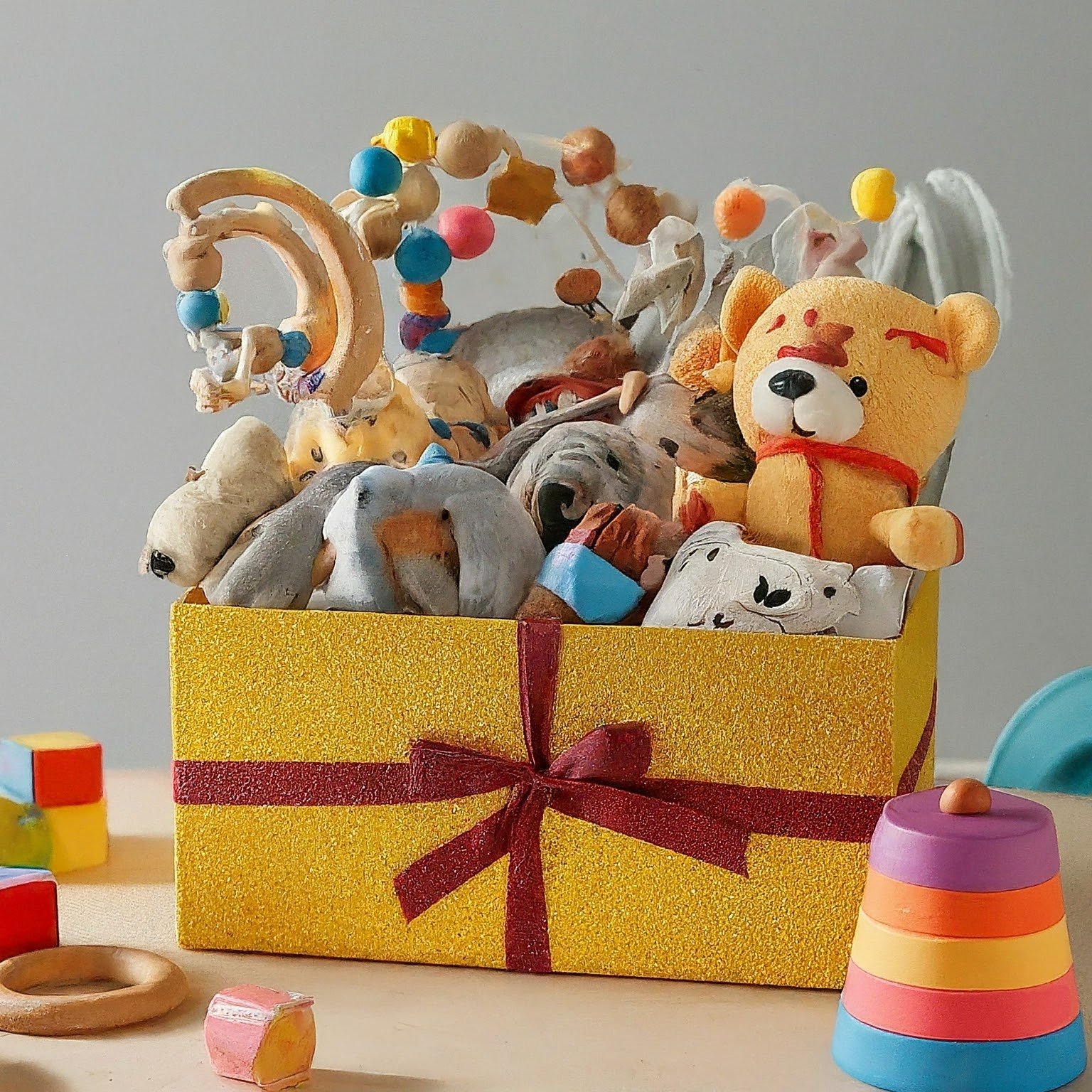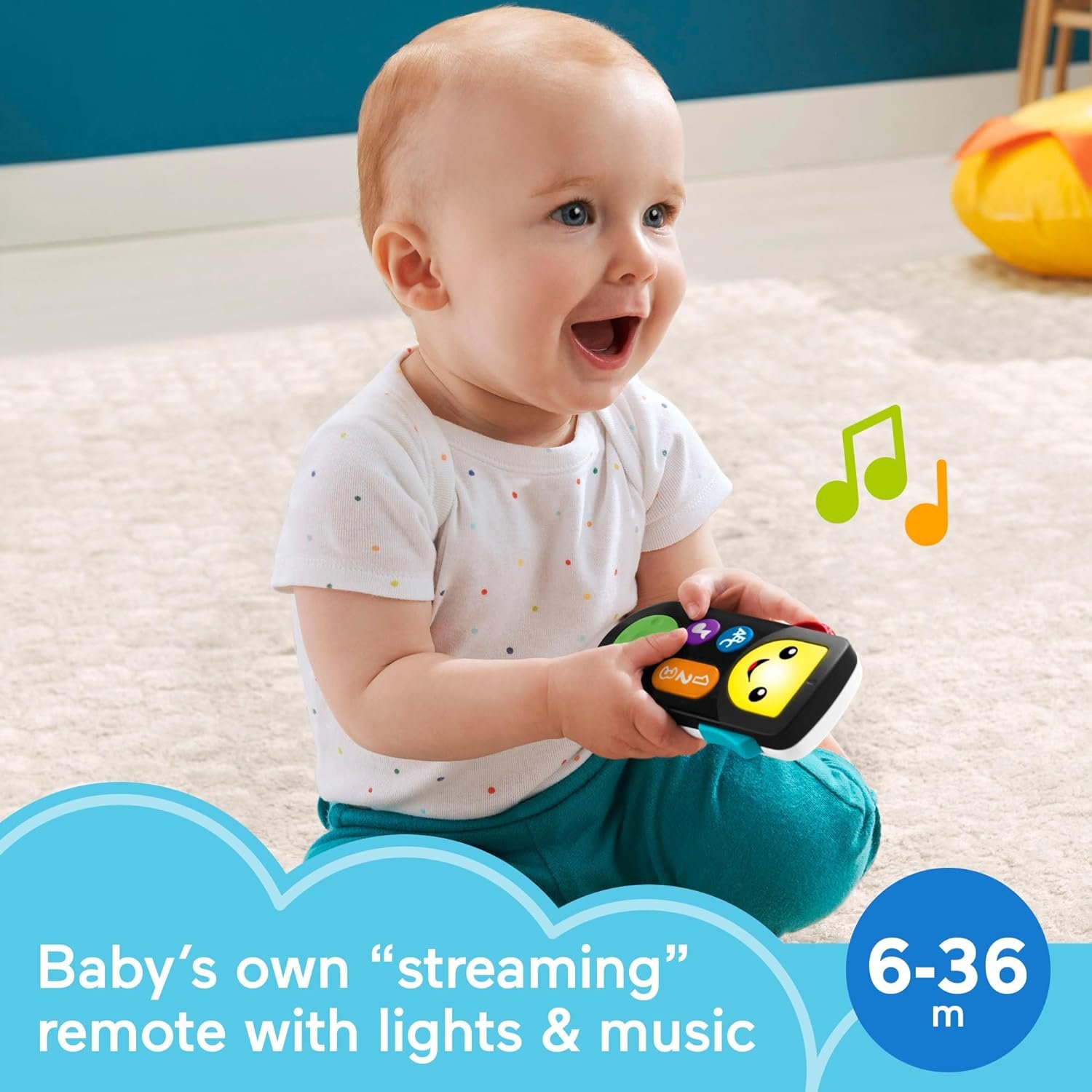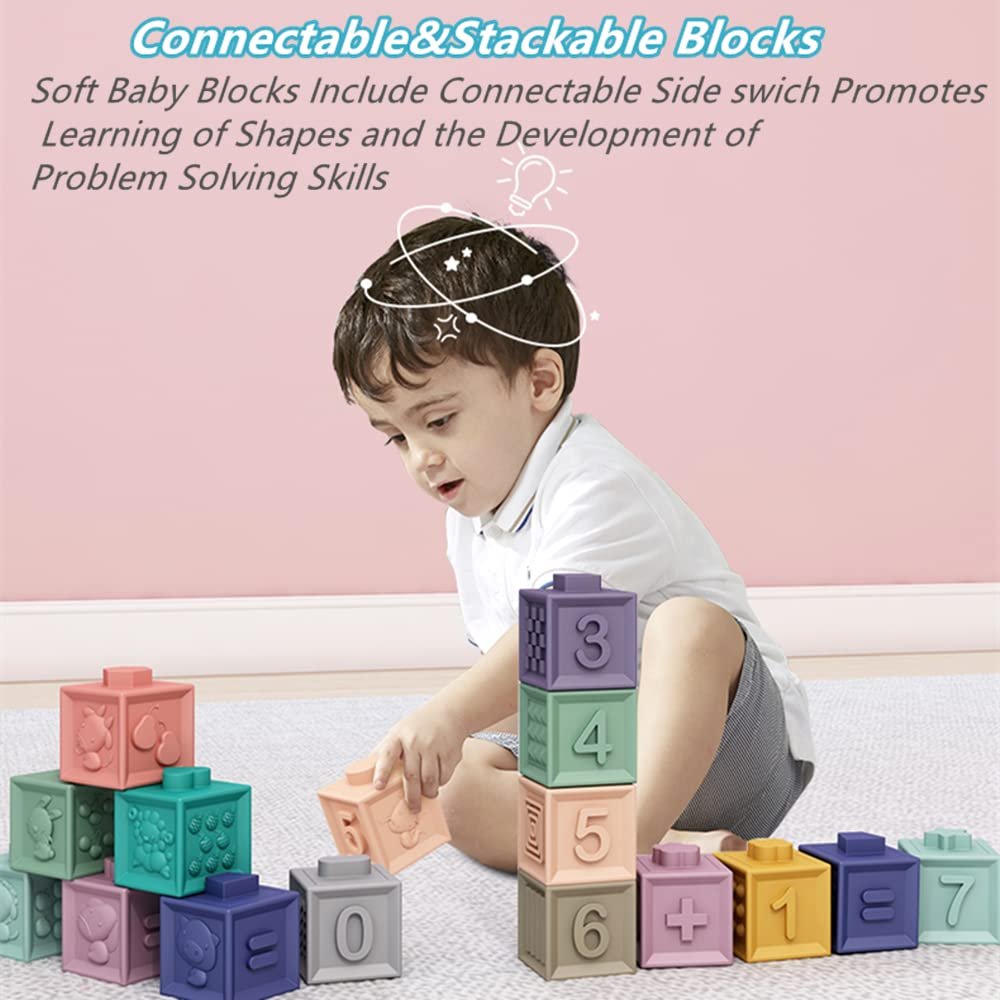If you’re a parent or caregiver, you know that keeping your baby’s toys clean and germ-free is a top priority. But with so many cleaning products on the market, it’s important to find a safe and effective method. Look no further than your kitchen pantry, because vinegar might just be the solution you’ve been searching for. In this article, we will show you how to easily disinfect your baby’s toys using this household staple. With just a few simple steps, you’ll have peace of mind knowing that your little one is playing with clean and sanitized toys. Say goodbye to harmful germs and hello to a healthier playtime!

Check Baby Toys Guide & Review
Why use vinegar?
Vinegar is a versatile and cost-effective household staple that can be used for various purposes, including cleaning and disinfecting. When it comes to disinfecting baby toys, vinegar is a safe and non-toxic solution that can effectively eliminate harmful bacteria and germs. Using vinegar to clean and disinfect baby toys offers numerous benefits, making it an excellent choice for parents who prioritize their child’s safety and well-being.
Benefits of using vinegar for disinfecting baby toys
Using vinegar as a disinfectant for baby toys offers several advantages. Firstly, vinegar is a natural and non-toxic cleaning agent, which means it is safe for your child to come into contact with toys cleaned using vinegar. Unlike harsh chemical cleaners, vinegar does not leave behind any harmful residues that could potentially harm your child or pose health risks.
Secondly, vinegar is odorless once it dries, making it an ideal choice for cleaning and disinfecting baby toys. This is particularly beneficial if your child has sensitivities to strong smells or if you prefer to keep your home smelling fresh without the use of artificial fragrances.
Additionally, vinegar is a cost-effective solution. It is readily available in most households, making it a convenient option for regular toy cleaning and maintenance. By using vinegar, you can save money on purchasing expensive commercial disinfectants while still effectively eliminating germs and bacteria.
Preparing the vinegar solution
Before you start cleaning and disinfecting your baby toys with vinegar, it is essential to prepare the vinegar solution properly. Follow these steps to ensure that the solution is safe and effective in killing germs and bacteria:
Gather necessary supplies
To prepare the vinegar solution, you will need the following supplies:
- Distilled white vinegar: This type of vinegar is the best choice for cleaning and disinfecting baby toys due to its mild acidity.
- Water: It is important to dilute the vinegar with water to prevent any potential damage to the toys or their finishes.
Diluting vinegar with water
To create the vinegar solution, mix equal parts of distilled white vinegar and water in a clean container. For example, if you use one cup of vinegar, mix it with one cup of water. This dilution will ensure that the vinegar is effective in killing germs while being safe for your child and their toys.
Cleaning plastic baby toys
Plastic baby toys are prone to accumulating dirt and grime, making regular cleaning and disinfection necessary. Here’s how to effectively clean and disinfect plastic baby toys using vinegar:
Removing visible dirt and grime
Before disinfecting the toys, it is important to remove any visible dirt and grime. Use a mild soap or dish detergent and warm water to gently clean the toys. Ensure that you rinse them thoroughly to remove all traces of soap residue.
Soaking toys in vinegar solution
After removing visible dirt, the next step is to soak the plastic toys in the vinegar solution. Submerge the toys in the solution for approximately 10-15 minutes, allowing the vinegar to effectively kill germs and bacteria.
Rinsing and drying toys
Once the toys have soaked, remove them from the vinegar solution and rinse them thoroughly with clean water. Ensure that all traces of vinegar are removed. Finally, let the toys air dry completely before allowing your child to play with them again.

Disinfecting fabric and plush toys
Fabric and plush toys are often favorites among babies and toddlers. However, they can also harbor bacteria and germs, especially after frequent use. Here’s how to effectively disinfect fabric and plush toys using vinegar:
Checking care instructions
Before disinfecting fabric and plush toys, it is crucial to check their care instructions. Some toys may not be suitable for machine washing or prolonged exposure to vinegar. If the care instructions recommend against using vinegar, consider spot cleaning or consulting a professional cleaner.
Spot cleaning with vinegar solution
For fabric and plush toys that can withstand vinegar, spot cleaning is an effective way to eliminate bacteria and germs. Dilute vinegar with water in a spray bottle, and lightly mist the toys. Gently blot the toy with a clean cloth to remove stains and kill germs. Ensure that you allow the toy to air dry completely before giving it back to your child.
Machine washing delicate toys
For fabric and plush toys that are safe for machine washing, adding vinegar to the laundry can enhance the disinfecting process. Add half a cup of vinegar to the washing machine along with the detergent. Wash the toys on a gentle cycle, and let them air dry fully before returning them to your child.
Sanitizing wooden toys
Wooden toys not only provide entertainment but also stimulate a child’s imagination and creativity. To ensure your child’s safety, it is crucial to properly sanitize wooden toys using vinegar. Here’s how to do it effectively:
Avoiding excessive moisture
Wooden toys are susceptible to moisture and can warp or crack if exposed to excessive water. To avoid this, it is important to use a vinegar solution sparingly and avoid soaking wooden toys for extended periods.
Wiping with vinegar solution
To sanitize wooden toys, dampen a clean cloth or sponge with the vinegar solution and wipe down the toys thoroughly. Pay attention to any crevices or hard-to-reach areas where bacteria may accumulate. Ensure that you wipe off any excess vinegar solution to prevent damage to the toy’s finish.
Proper drying and maintenance
After wiping the toys with vinegar, allow them to air dry completely. Once dry, you can apply a natural wood polish or oil to protect and maintain the wood’s integrity. Regularly inspect wooden toys for any signs of wear or damage and address them promptly to ensure your child’s safety.
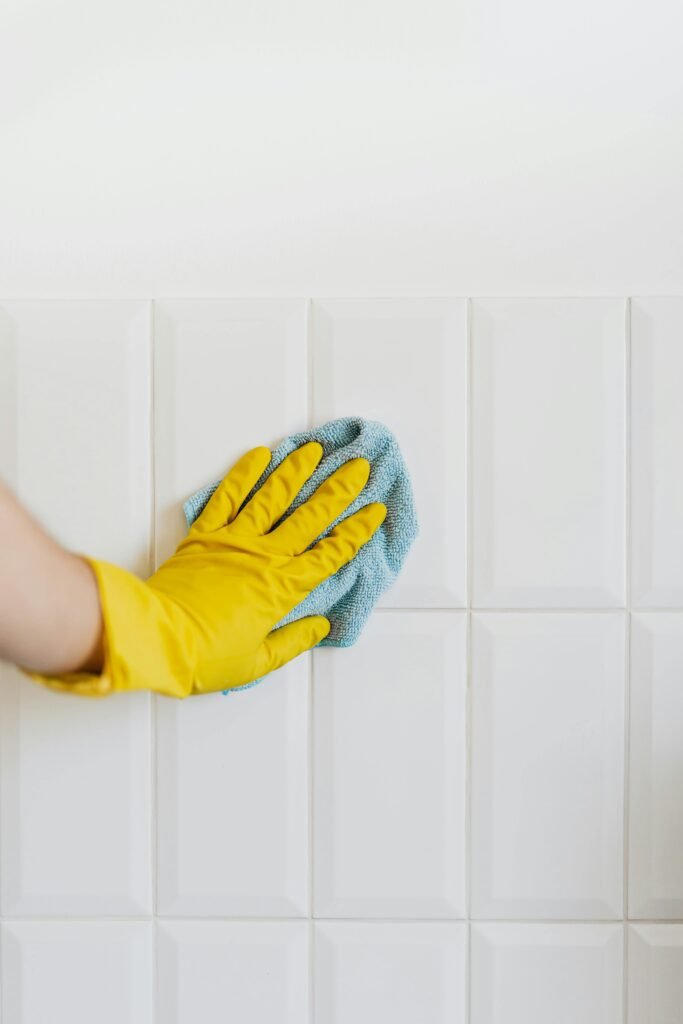
Cleaning and disinfecting other materials
Apart from plastic, fabric, and wood, baby toys can be made of various other materials. Here are some guidelines for effectively cleaning and disinfecting toys made from different materials:
Silicone and rubber toys
Silicone and rubber toys are often water-resistant and can be cleaned using the vinegar solution. Immerse them in the solution for a few minutes, then rinse thoroughly with clean water before drying.
Metal and electronic toys
Metal and electronic toys require extra care during disinfection. Wipe them gently with a cloth dampened in the vinegar solution, ensuring that excess moisture does not come into contact with any electrical components. It is advisable to consult the manufacturer’s instructions for cleaning electronic toys.
Natural fiber toys
Toys made from natural fibers, such as cotton or wool, may require more delicate cleaning methods. Spot cleaning with a solution of vinegar and water is usually sufficient. Be sure to consult the care instructions and follow any specific recommendations from the manufacturer.
Tips for effective toy disinfection
To ensure thorough disinfection and maintain the cleanliness of your baby’s toys, consider the following tips:
Regular cleaning routine
Create a regular cleaning routine for your baby’s toys to prevent the buildup of dirt and germs. Aim to clean and disinfect toys at least once a week or more frequently if they are heavily used or have been exposed to illness.
Avoiding harsh chemicals
While vinegar is a safe and effective disinfectant, it is important to avoid using harsh chemical cleaners or disinfectants on your child’s toys. These can leave behind harmful residues or contain ingredients that may pose health risks to your child.
Inspecting toys for damage
Regularly inspect your baby’s toys for any signs of wear, damage, or loose parts. Dispose of any toys that are broken beyond repair, as they can pose a potential choking hazard to your child.
Disinfecting toys during illness
During periods of illness, it is crucial to take extra precautions to prevent the spread of germs. Follow these steps to effectively disinfect toys during illness:
Frequent cleaning and disinfection
During illness, clean and disinfect your child’s toys more frequently than usual. Aim to disinfect them daily using the vinegar solution to minimize the risk of spreading germs.
Isolating contaminated toys
If your child has been unwell, separate and isolate any toys they have come into direct contact with. Keep them separate from the rest of the toys until your child has fully recovered.
Disposing of heavily soiled toys
If any toys become heavily soiled with bodily fluids during illness or cannot be effectively cleaned and disinfected, it is advisable to dispose of them to prevent the spread of germs.
Storing and maintaining disinfected toys
After cleaning and disinfecting your baby’s toys, proper storage and maintenance are essential to prevent recontamination. Consider the following practices:
Organizing clean toys
Separate clean toys from dirty ones to prevent cross-contamination. Use labeled storage bins or containers to keep disinfected toys separate and easily accessible.
Routine cleaning and inspection
Incorporate routine cleaning and inspection of your baby’s toys into your regular household cleaning schedule. Regularly check for any signs of dirt, grime, or damage, and clean or dispose of toys as necessary.
Storing toys in hygienic conditions
Store disinfected toys in a clean, dry, and hygienic environment. Avoid storing toys in damp or humid areas that may promote the growth of mold or bacteria.
Conclusion
Using vinegar to clean and disinfect baby toys is an excellent choice for parents looking for a safe and non-toxic solution. Vinegar offers numerous benefits, including its effectiveness in killing germs, its non-toxic nature, and its affordability. By following the proper steps for preparing the vinegar solution and using it to clean and disinfect different types of baby toys, parents can maintain a clean and germ-free environment for their little ones to play and explore. Prioritizing regular cleaning routines, avoiding harsh chemicals, and inspecting toys for damage will help ensure the continued health and safety of your child. So, make vinegar your go-to disinfectant and keep your baby’s toys clean and germ-free!

